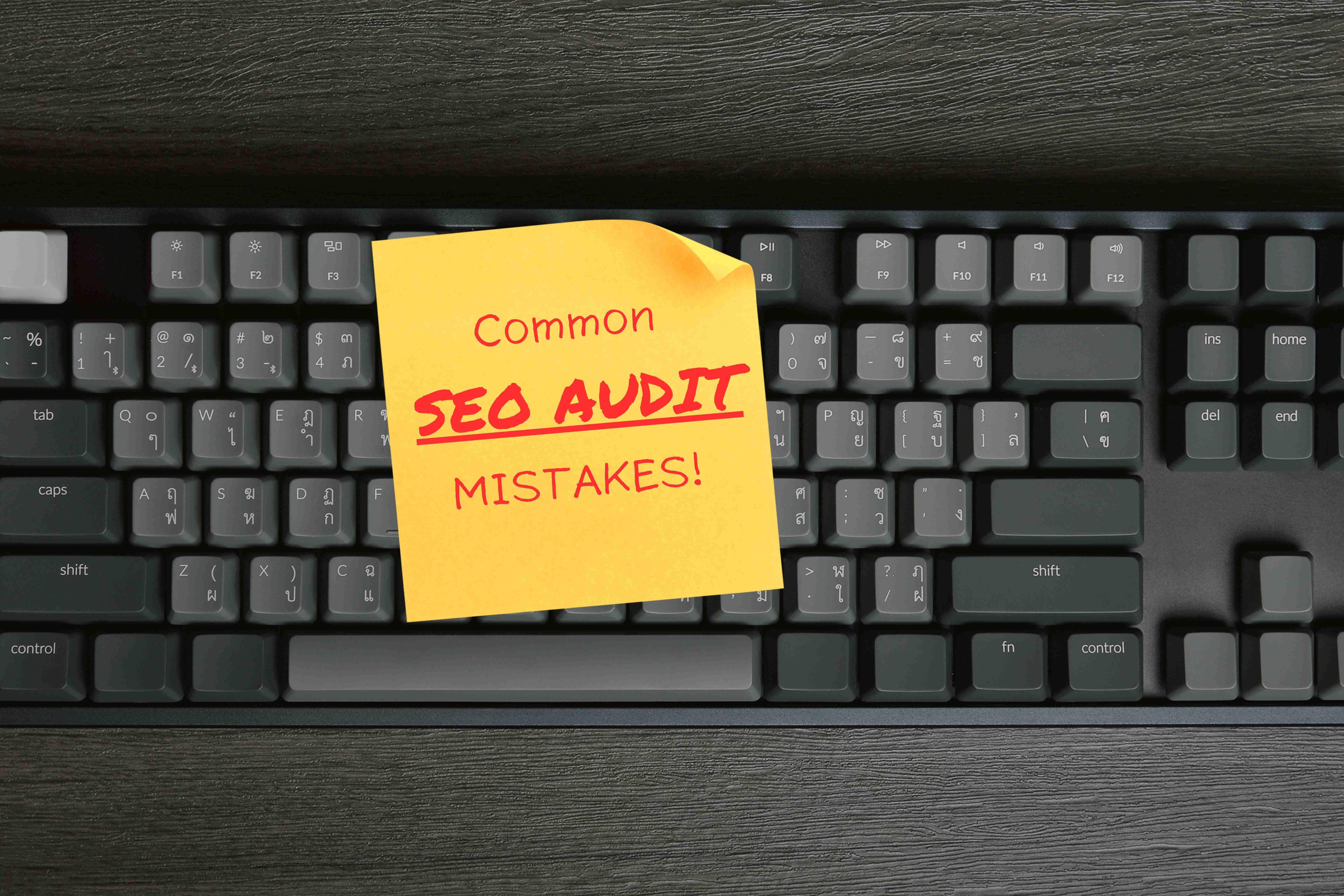Optimizing image alt text is a crucial aspect of SEO that often gets overlooked. By improving your image alt text, you can enhance your online store’s visibility, drive more organic traffic, and provide a better user experience for all visitors, including those using screen readers. This comprehensive guide will provide actionable tips and the latest SEO trends to help you optimize your image alt text effectively.
Table of Contents
- Introduction
- What is Image Alt Text?
- Importance of Image Alt Text for SEO
- How to Write Effective Image Alt Text
- Latest SEO Trends for Image Optimization
- Common Mistakes to Avoid
- Conclusion
- About Don Hesh SEO
Introduction
As an online store owner, optimizing every aspect of your website for SEO is essential to stay competitive. One often overlooked area is image alt text, which plays a significant role in enhancing your site’s visibility and accessibility. This article will guide you through the importance of image alt text and how to optimize it to improve your SEO performance.
What is Image Alt Text?
Image alt text, or alternative text, is a brief description of an image that appears in the HTML code. It serves several purposes: it provides a textual alternative for screen readers, helps search engines understand the image content, and displays when an image fails to load.
Importance of Image Alt Text for SEO
3.1 Improved Accessibility
Alt text ensures that visually impaired users who rely on screen readers can understand the content of images. This is crucial for making your website inclusive and accessible to all users.
3.2 Enhanced Search Engine Understanding
Search engines use alt text to understand the content and context of images. Well-optimized alt text can improve your image search rankings and overall SEO performance.
3.3 Better User Experience
When images fail to load, alt text provides context to users about what the image represents. This maintains the flow of content and ensures a positive user experience.
How to Write Effective Image Alt Text
4.1 Be Descriptive and Specific
Describe the image in detail. Instead of using generic terms like “image” or “photo,” provide a specific description that accurately represents the content.
Example: Instead of “dog,” use “Golden Retriever playing with a tennis ball in the park.”
4.2 Use Relevant Keywords
Incorporate relevant keywords naturally into your alt text to help search engines understand the image context. This can improve your SEO rankings for those keywords.
Example: “Organic cotton T-shirt with blue stripes.”
4.3 Keep It Concise
While being descriptive is important, keep your alt text concise and to the point. Aim for no more than 125 characters to ensure it’s easily readable by screen readers.
4.4 Avoid Keyword Stuffing
Including keywords is important, but avoid keyword stuffing. Overloading your alt text with keywords can lead to penalties from search engines.
4.5 Provide Context
Include context about how the image relates to the surrounding content. This helps search engines understand the image’s relevance to the page content.
Example: “Golden Retriever playing with a tennis ball in the park, promoting our new line of eco-friendly pet toys.”
Latest SEO Trends for Image Optimization
5.1 Mobile Optimization
With the increasing use of mobile devices, ensure your images and alt text are optimized for mobile users. This includes using responsive images that load quickly on all devices.
5.2 Visual Search
Visual search is becoming more popular. Optimizing your images with detailed alt text can improve your chances of appearing in visual search results.
5.3 Accessibility
Ensuring your website is accessible to all users, including those with disabilities, is not only good practice but also increasingly important for SEO. Search engines prioritize sites that offer a good user experience for all visitors.
Common Mistakes to Avoid
6.1 Using Generic Descriptions
Avoid using non-descriptive terms like “image” or “picture.” Always aim to provide specific details about the image content.
6.2 Ignoring Alt Text
Never leave your alt text fields empty. This is a missed opportunity to improve your SEO and accessibility.
6.3 Overloading with Keywords
Keyword stuffing can harm your SEO rather than help it. Keep your alt text natural and relevant.
6.4 Forgetting Context
Always provide context about how the image relates to the surrounding content. This enhances both user experience and SEO.
Conclusion
Optimizing image alt text is a simple yet powerful way to enhance your online store’s visibility and drive more organic traffic. By following the actionable tips provided and staying updated with the latest SEO trends, you can ensure your images contribute positively to your overall SEO strategy.
About Don Hesh SEO
Don Hesh SEO is a leading SEO consultant and Google Ads consultant dedicated to helping businesses enhance their online presence and drive organic traffic. Our expertise in AI-driven SEO strategies ensures that your business stays ahead of the competition. Partner with SEO Sydney to leverage the latest AI technologies and achieve your SEO goals efficiently and effectively.



